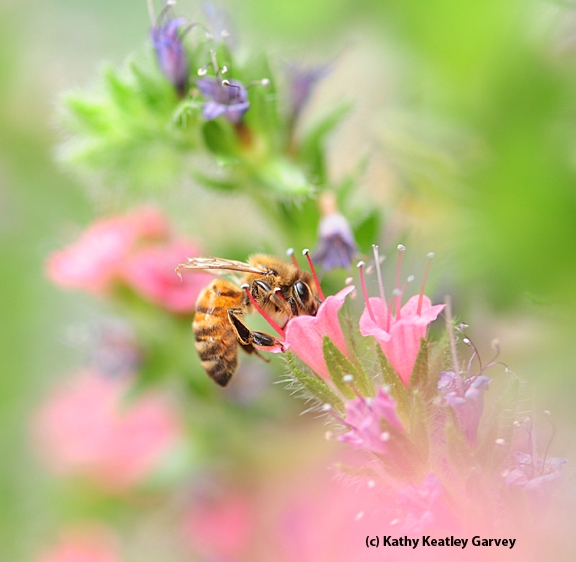
That's why Marla Spivak's TED talk should be required viewing.
Spivak, a distinguished McKnight University professor of apiculture at the University of Minnesota, talks about the "big bee bummer that we have created," why we should care about bees, and how we, as individuals can help them.
Honey bees, she says, have thrived for 50 million years, but in the last seven years, the bee population is declining rapidly. On the average, beekeepers report losing 30 percent of their winter bees. They don't make it to spring.
"We can't afford to lose bees, so what is going on?" Spivak asks.
She covers the decline of the honey bee population since World War II. The United States tallied 4.5 million colonies in 1945, but today it's half: only 2 million colonies.
Spivak expresses deep concern about bee health and calls attention to what she calls "the multiple, interacting causes of death: diseases, parasites, pesticides, monocultures and flowerless landscapes."
You'll remember her colorful words, such as "flower feeders," "agricultural food deserts," "bee social healthcare system" and "tomato ticklers" (referring to the buzz pollination of bumble bees on tomatoes).
Take it away, Dr. Marla Spivak! (Link to TED talk)
Attached Images:
